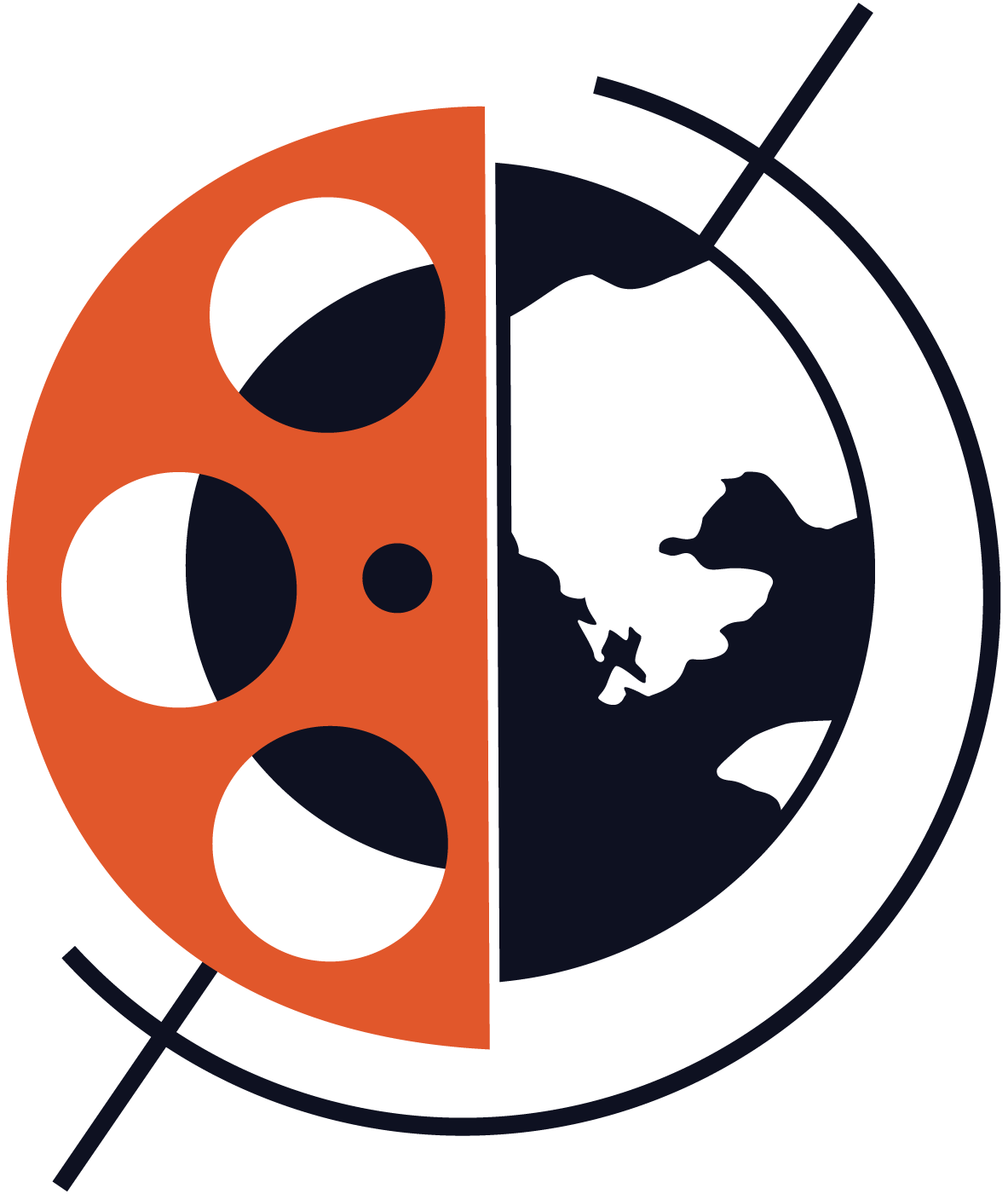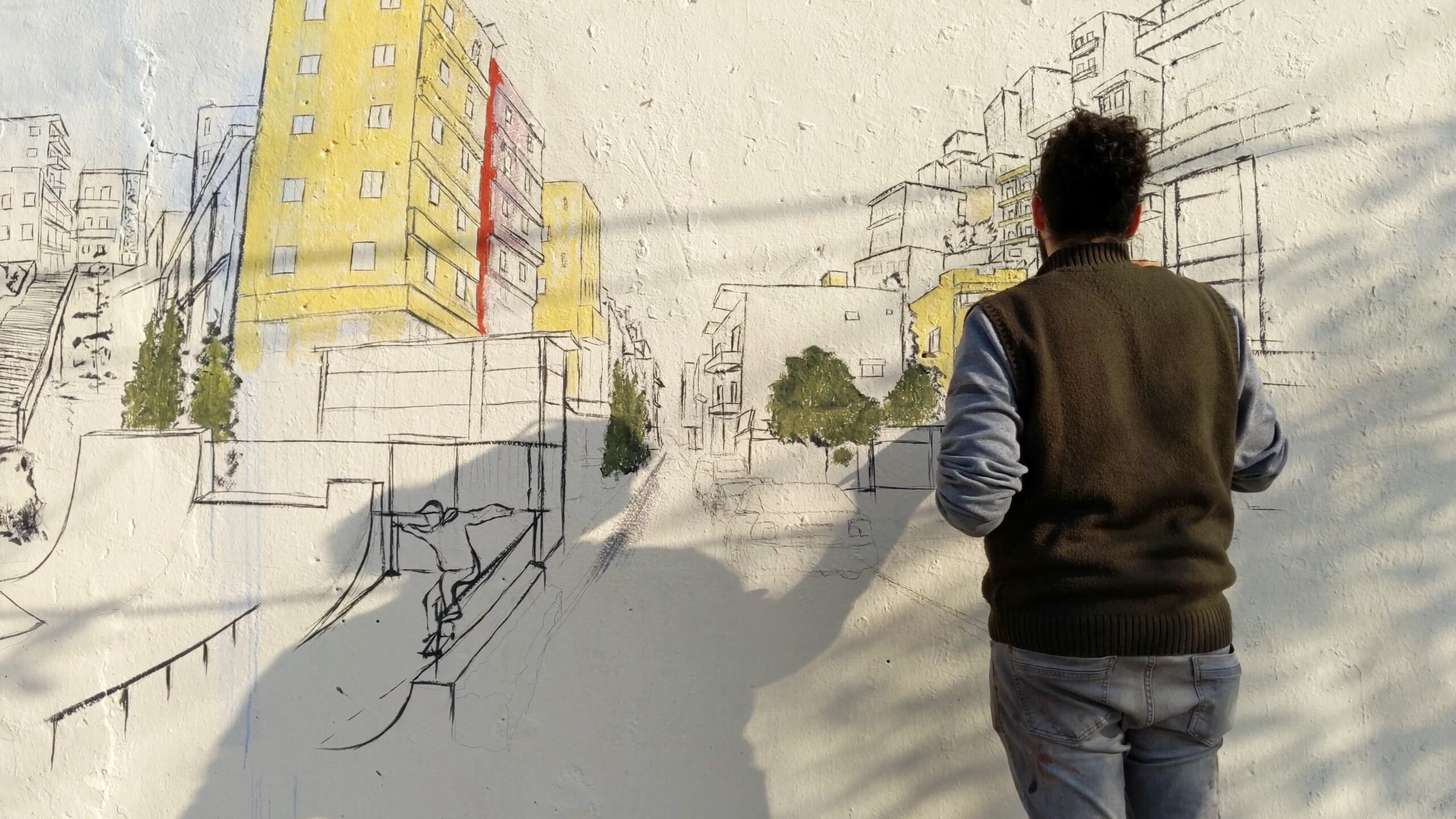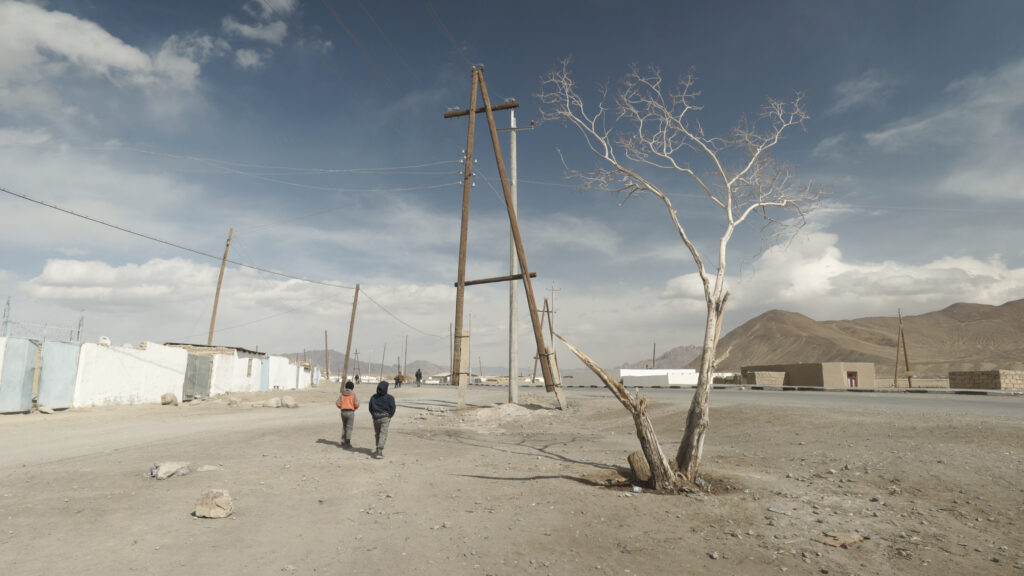Trabolsi
Ina Schebler 60 Minuten
„Tripolis ist eine müde Stadt, es ist eine erschöpfte Stadt, es ist eine schöne, erschöpfte Stadt“ sagt Khalid, der zusammen mit seinen Freunden Mariam und Nazih ihr Leben durch eine marginalisierte Stadt navigiert. Sie streben danach, die Kämpfe der Geschichte zu überwinden und die Zukunft der Stadt, die sie lieben, zu gestalten.



